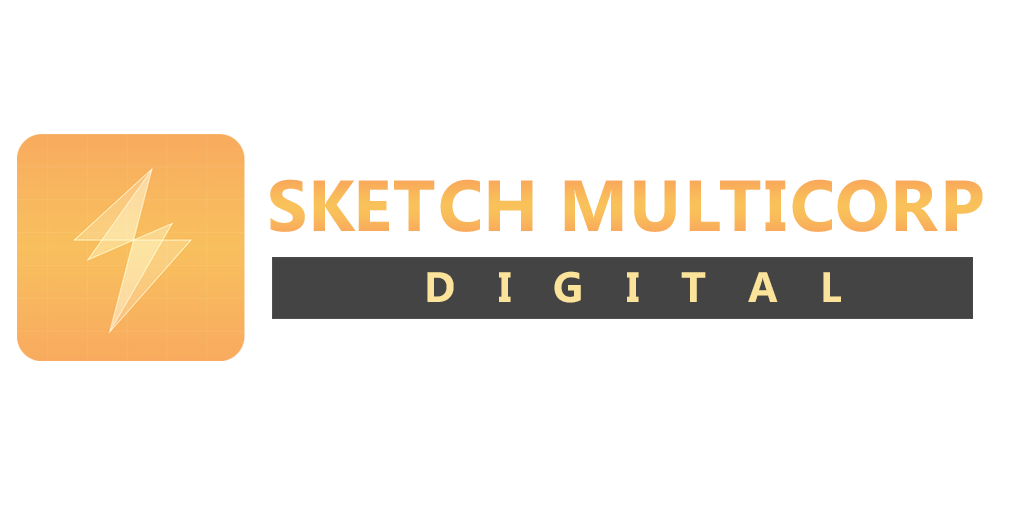Introduction
Influencer marketing is constantly evolving, and as we step into 2025, brands must stay ahead of emerging trends to remain competitive. With advancements in artificial intelligence, the rise of micro-influencers, and an increasing focus on authenticity, the influencer marketing landscape is shifting rapidly. In this article, we explore the latest influencer marketing trends and predictions for 2025 and how brands, including Sketch Multicorp Digital, can leverage them for success.

1. The Rise of Micro-Influencers and Niche Communities
In 2025, brands are prioritizing micro-influencers (influencers with 10K-100K followers) over traditional celebrity endorsements. These influencers have highly engaged audiences and build stronger trust with their followers, leading to better conversion rates.
Why Micro-Influencers Matter?
- Higher engagement and authenticity
- More affordable than macro-influencers
- Stronger influence within niche communities
Example: A skincare brand collaborating with beauty micro-influencers sees 3x higher engagement rates compared to traditional ads.
2. AI-Powered Influencer Marketing
Artificial Intelligence (AI) is reshaping influencer marketing by automating influencer selection, campaign management, and performance tracking.
How AI is Transforming Influencer Marketing?
- AI-driven tools analyze engagement metrics to match the right influencers with brands.
- Automated sentiment analysis ensures brand safety.
- AI-generated influencers are emerging as digital brand ambassadors.
Example: AI tools like HypeAuditor and Influencity help brands identify the best influencers based on engagement, audience demographics, and authenticity scores.

3. The Growth of Social Commerce
Social media platforms like Instagram, TikTok, and YouTube are integrating shopping features, allowing users to buy products directly from influencer posts.
Key Social Commerce Trends:
- Shoppable Instagram posts and TikTok Shop driving sales.
- Influencer-hosted live shopping events gaining popularity.
- AR (Augmented Reality) filters enhancing the online shopping experience.
Example: A fashion brand collaborating with TikTok influencers for live shopping events saw a 40% increase in sales in 2024.

4. Long-Term Brand-Influencer Partnerships
- Brands are moving away from one-time collaborations and focusing on long-term influencer partnerships.
Benefits of Long-Term Collaborations: - Consistent messaging and storytelling.
- Increased credibility and trust among audiences.
- Improved campaign ROI compared to one-time promotions.
Example: Brands like Nike and Gymshark invest in long-term relationships with fitness influencers to maintain authenticity and sustained engagement.
5. The Expansion of B2B Influencer Marketing
Influencer marketing is no longer limited to B2C brands. B2B brands are leveraging industry thought leaders to enhance credibility and reach professional audiences.
How B2B Brands Are Using Influencers?
- LinkedIn influencers promoting industry insights.
- Webinars and panel discussions featuring thought leaders.
- Brand collaborations with niche industry experts.
Example: HubSpot’s partnership with digital marketing experts has resulted in increased brand awareness and lead generation.
6. Authenticity and Transparency: The New Standard
Consumers are demanding genuine and transparent influencer marketing. Brands must ensure that partnerships align with influencer values and clearly disclose sponsorships.
Best Practices for Authenticity:
- Work with influencers who genuinely use and believe in the product.
- Encourage unfiltered and honest reviews.
- Comply with FTC guidelines for disclosure.
Example: Brands like Glossier encourage influencers to share real experiences instead of scripted promotions, building stronger trust with their audience.
7. AI-Generated Influencers: The Future of Brand Ambassadors
Virtual influencers, powered by AI, are becoming brand ambassadors for global companies. These AI influencers have no real-world presence but boast high engagement rates.
Why Brands Are Using AI-Generated Influencers?
- Fully customizable brand representation.
- No risk of human controversies.
- 24/7 availability for digital campaigns.
Example: AI-generated influencer Lil Miquela has collaborated with brands like Prada and Calvin Klein, gaining millions of followers worldwide.
8. Measuring ROI and Data-Driven Campaigns
Brands are shifting towards data-driven influencer marketing, prioritizing analytics to measure campaign effectiveness.
Key Influencer Marketing Metrics:
- Engagement Rate (Likes, Shares, Comments)
- Conversion Rate (Clicks & Sales)
- Brand Mentions & Sentiment Analysis
Example: Companies using Google Analytics and UTM tracking links can now accurately measure influencer impact on website traffic and conversions.
Conclusion
As influencer marketing evolves in 2025, brands need to adapt to AI-driven strategies, focus on micro-influencers, embrace social commerce, and prioritize authenticity.
At Sketch Multicorp Digital, we help businesses navigate the changing influencer marketing landscape, ensuring success through strategic influencer partnerships and data-driven campaigns.
Ready to take your influencer marketing to the next level?
Contact Sketch Multicorp Digital today!
